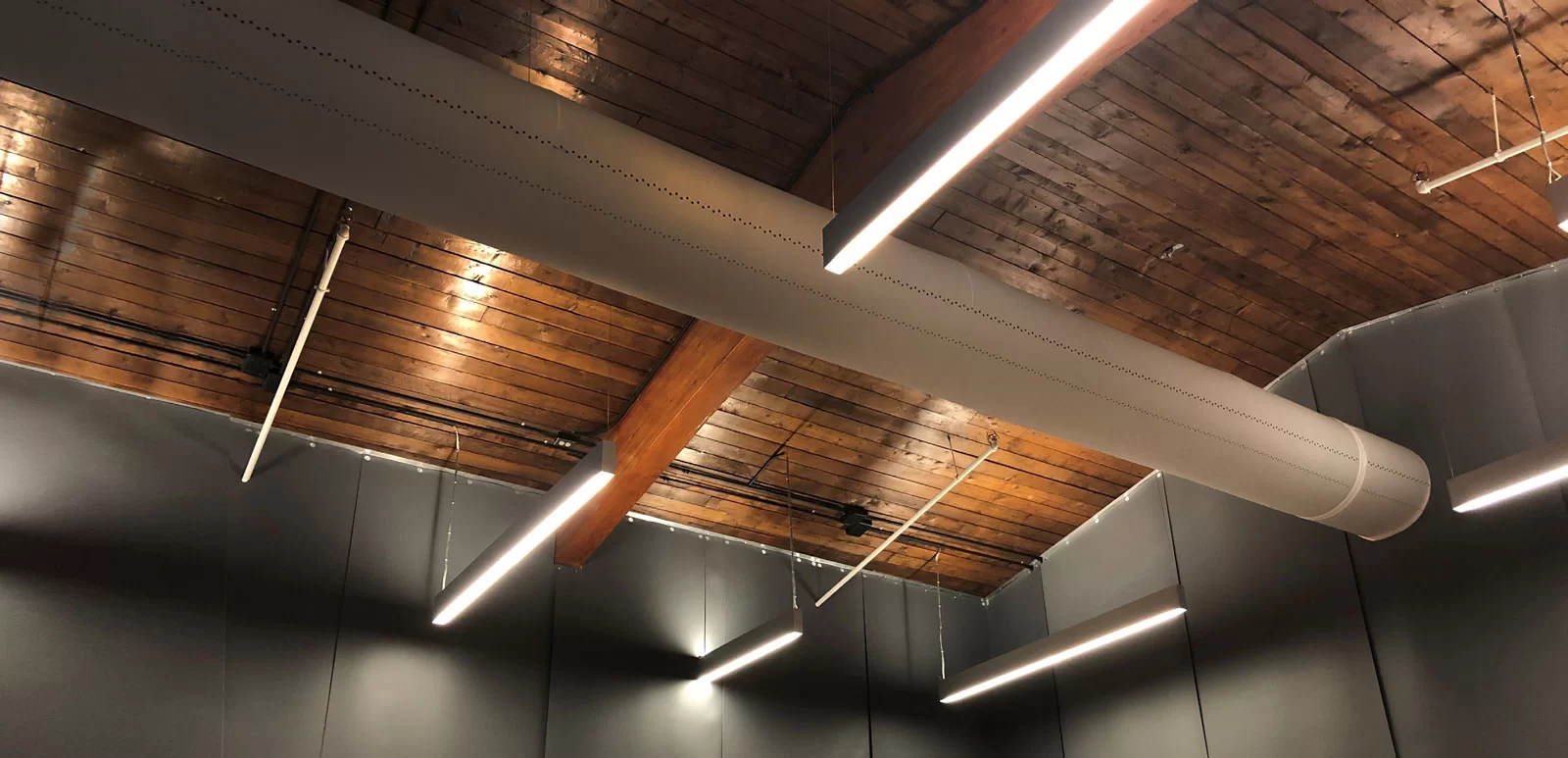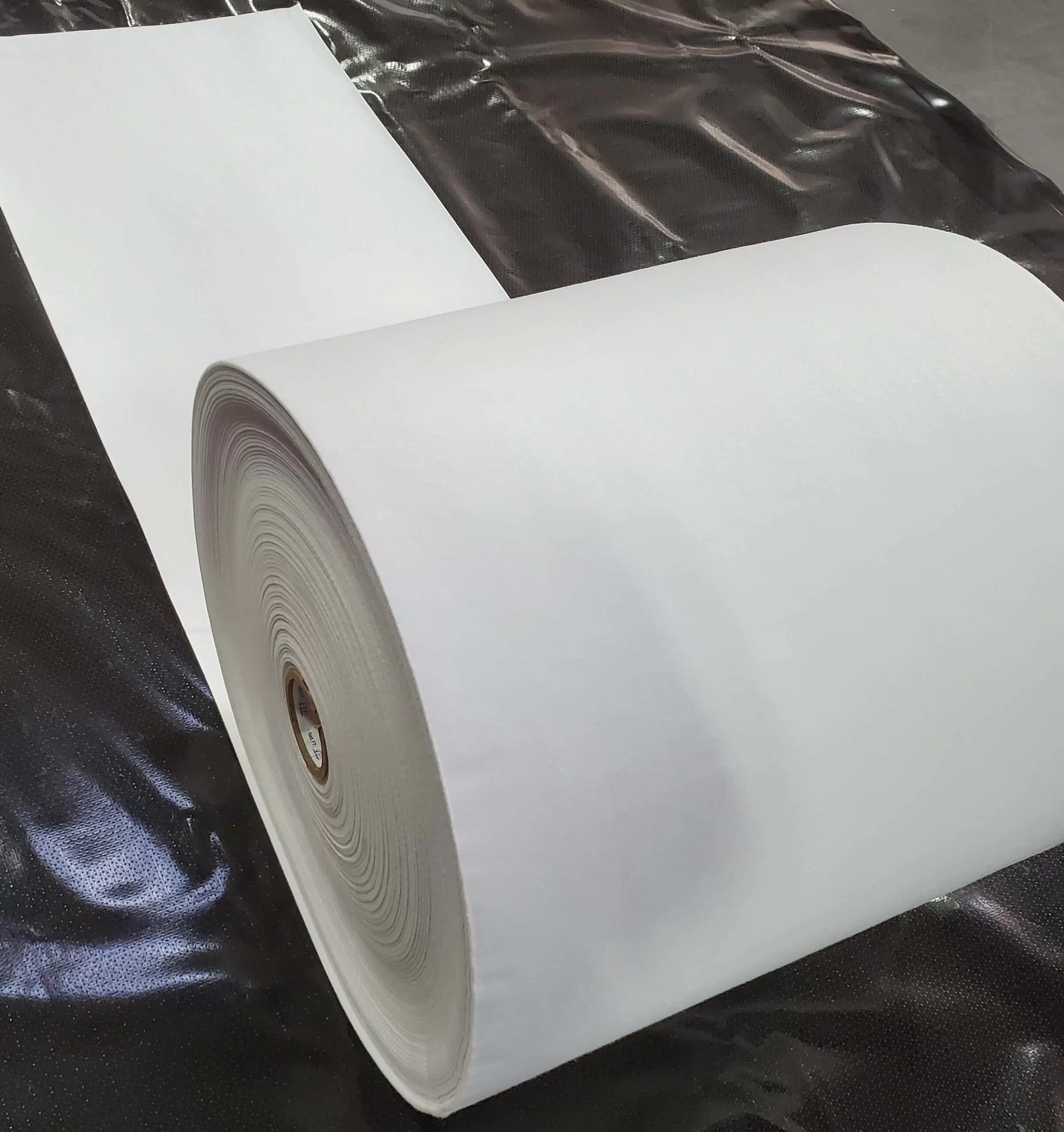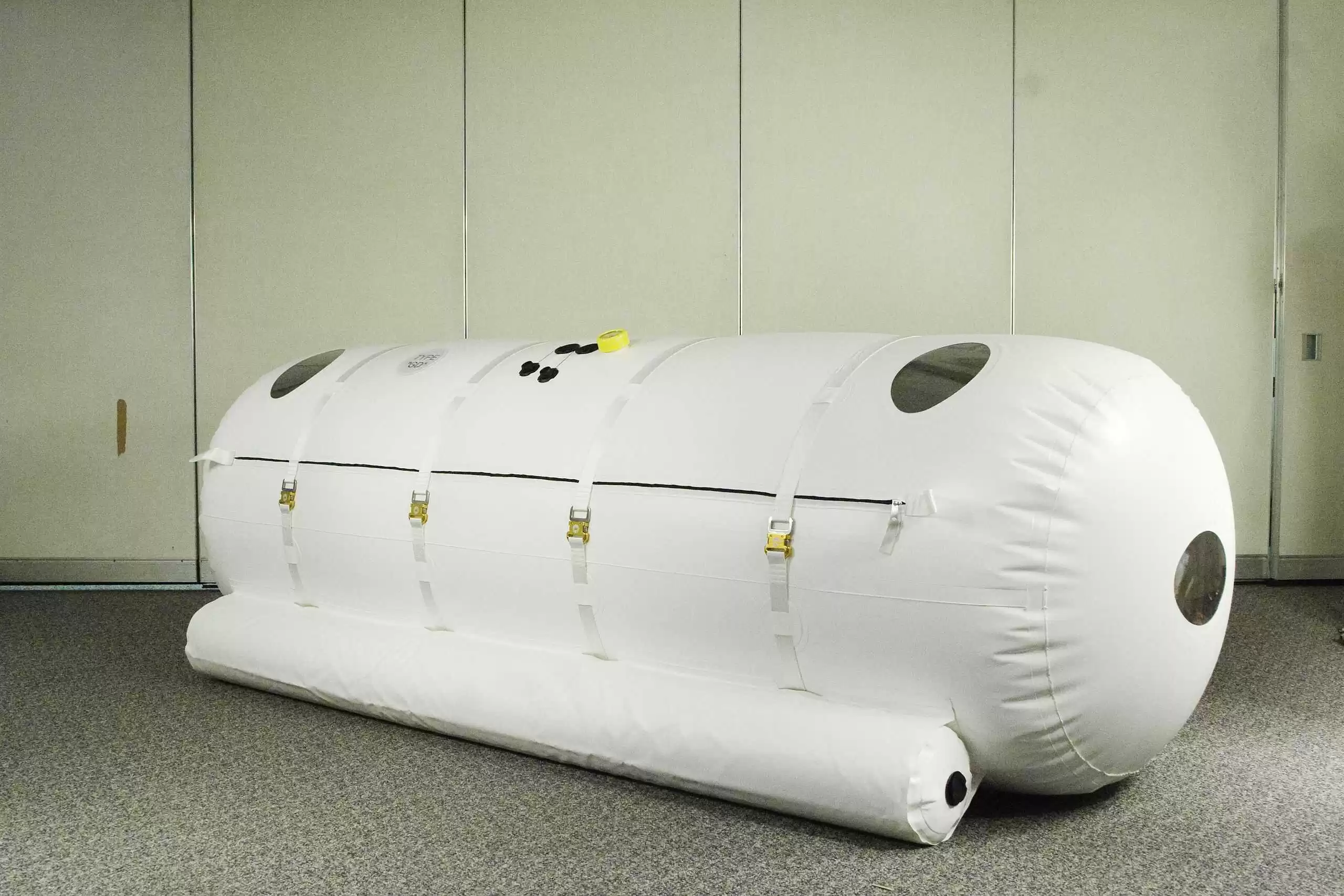Antimicrobial fabric has long played an important role in preventing the spread of germs in shared facilities. Hospitals, prisons, military facilities, and even hotels rely on this coated fabric for everything from bedding and linens to gowns and uniforms.
If you’re considering making the switch to using antimicrobial textiles, this will offer an overview for getting started. We’ll explain the benefits and why they’re used so widely across the medical environment. We’ll also cover what antimicrobial fabrics are made from and whether they’re durable enough to withstand repeated use.
Table of Contents
Why do you need antimicrobial fabric?
Microbial contamination of fabric is a surprisingly common problem. Bacteria and fungi are able to grow on sweat, oil, and other contaminants that naturally seep from humans into their clothes and linens. While you probably haven’t seen mold growing on a fabric, chances are good that you’ve noticed the results of contamination.
Textiles that allow for the growth of bacteria often develop a permanent odor. Over time, bacteria and fungi can cause a permanent stink that won’t come off no matter how many times the fabric is washed.
The Potential Damage Caused by Microbial Growth
Microbial growth can also be bad for the durability of your products. Bacteria and fungi slowly eat away at both natural and synthetic textiles. Worse, the odor these microbes produce encourages more wash cycles that ultimately reduce the lifespan of your products.
In medical applications and shared facilities, fabrics can also be a transport vector for pathogens. While most disease-causing bacteria can’t live forever on textiles, they can live long enough to hitch a ride across a hospital or prison to where they can cause new infections.
Preventing Contamination
Antimicrobial fabrics prevent bacteria and fungi from contaminating your products. The coatings are designed to inhibit microbes from latching on to your products in the first place. If bacteria can’t effectively colonize the textile, they can’t stick around to multiply and cause problems. Other antimicrobial fabrics are designed to actively kill or inhibit the growth of microorganisms that do make it into the textile matrix.
Preventing Microbial Colonization
The impact of these antimicrobial treatments is significant. Since there is no microbial colonization, no odor develops—even when the fabric is worn or used multiple times without washing. Less frequent washing also means that products will have longer lifespans than products made without.
Medical facilities can also potentially reduce the spread of disease by switching to antimicrobial fabrics for uniforms, gowns, and linens. Preventing contamination of clothes, in particular, is significant since medical providers often go from patient to patient without extra precaution if an infectious disease isn’t suspected.
What Are Antimicrobial Fabrics Made From?
Antimicrobial fabrics are made from a variety of popular textiles, including polyester, vinyl, composites, nylon, and acrylics. In most cases, a coating is applied to the surface of the fabric, so it doesn’t affect the normal performance or durability of these materials.
That’s a significant benefit since it means that many existing products can be made using antimicrobial fabrics without changing your manufacturing process. You also don’t give up any of the properties, including strength and flexibility, of the underlying textile.
What about Fabric Durability?
One of the biggest concerns we hear from manufacturers is that antimicrobial fabrics won’t be durable enough for long-term use. But that couldn’t be further from the truth. In comparison, antimicrobial fabrics retain the same durability as textiles without.
In fact, antimicrobial products often have longer lifespans because they undergo less scrubbing and washing—cleaning simply isn’t needed at the same intensity since these fabrics won’t allow odor-causing bacteria to flourish. The underlying material also won’t be slowly degraded by microbial contaminants like it often is in unprotected textiles.
Finding the Right Manufacturer For your Application
A key part of making the switch to antimicrobial fabrics, particularly for medical applications, is getting the right manufacturer. You need a reliable fabric manufacturer that understands the range of available coatings most relevant to your application. A knowledgeable partner can help optimize your existing production process.
At E2, we have years of experience working with antimicrobial fabrics and helping our customers meet project demands. We leverage our expertise to make sure you’re getting the best fabric with the right coating per your application. To learn more about the antimicrobial fabrics we offer, you can contact an E2 expert today.













